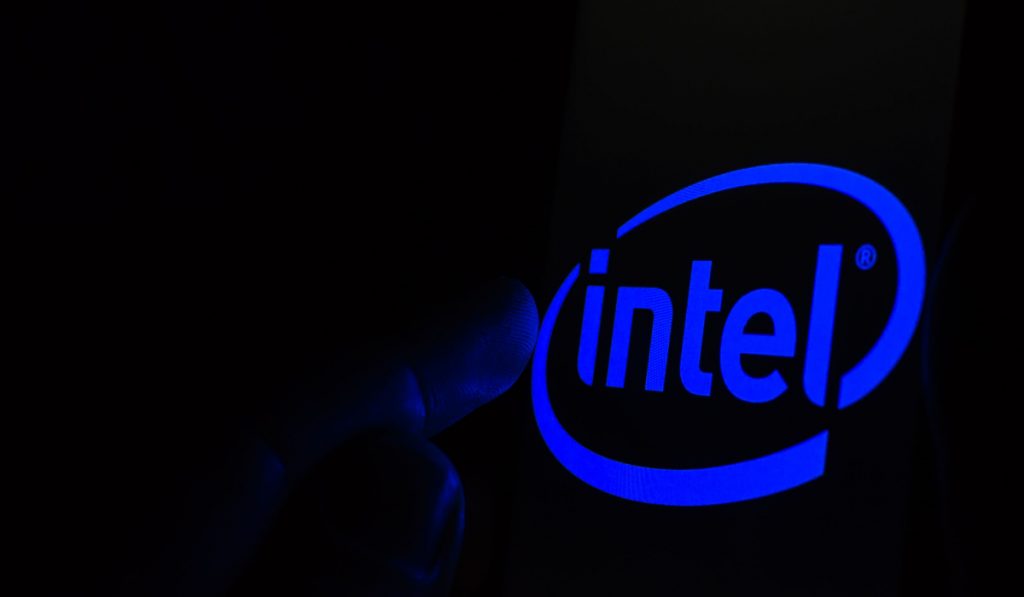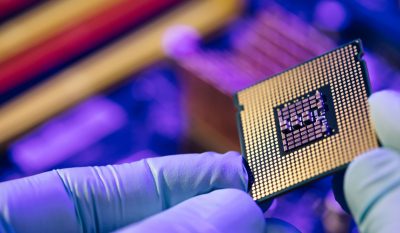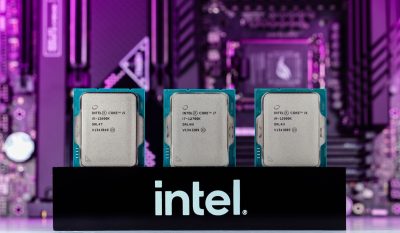Highlights –
- The Aurora supercomputer from the Argonne National Laboratory will be powered by the Intel Data Center GPU Max Series and the Intel Xeon CPU Max Series, code-named Sapphire Rapids HBM.
- According to Intel, the Xeon Max CPU is the company’s first and only x86-based processor with high-bandwidth memory that can speed up HPC workloads without modifying their code.
In a bid to compete with competitors like Advanced Micro Devices inc and Nvidia Corp in the high-performance computing and Artificial Intelligence (AI) markets, Intel Corp has launched its newest product family, the Intel Max.
The Intel Max series consists of Central Processor Units (CPU) and Graphics Processing Units (GPU). Both the Intel Data Center GPU Max Series and the Intel Xeon CPU Max Series, code-named Sapphire Rapids HBM, will power the Aurora supercomputer from the Argonne National Laboratory. It is planned to go online in the coming year.
Aurora will be the first supercomputer in the world to surpass two exaflops of peak double-precision compute performance. It will also be the first system to match the Max Series CPUs and GPUs together. Furthermore, it will have over 10,000 server blades, each with six Max Series GPUs and two Xeon Max CPUs.
According to Intel, although Aurora will highlight the Max series’ power, the new products are more about making HPC and AI available to a broader market. According to Jeff McVeigh, corporate vice president and general manager of Intel’s Super Compute Group, “We’re trying to help solve the world’s biggest challenges faster and do that in a sustainable way.”
The executive added that with HPC and AI, various challenges related to global health and climate change might be resolved more quickly. He said that Intel plans to address a wide variety of workloads in those domains, with some heavily compute-bound and others hampered by memory capacity. “Our view is, all these are important, and we need to have the right solutions to address them,” McVeigh continued.
The open, standards-based, and cross-architecture programming framework oneAPI from Intel, which creates a single programming environment for both new processors, unites the Max Series chips.
According to Intel, the Xeon Max CPU is the company’s first and only x86-based processor with high-bandwidth memory that can speed up HPC workloads without modifying their code. With over 100 billion transistors crammed onto a 47-tile device and 128 gigabytes of high-bandwidth memory, it is said to be Intel’s highest-density CPU.
According to McVeigh, “To ensure no HPC workload is left behind, we need a solution that maximizes bandwidth, maximizes compute, maximizes developer productivity, and ultimately maximizes impact. The Intel Max Series product family brings high bandwidth memory to the broader market, along with oneAPI, making it easy to share code between CPUs and GPUs and solve the world’s biggest challenges faster.”
Intel is eager to establish itself in the HPC industry, which many consider the forefront of computer technology. It includes using the most cutting-edge silicon technologies at scale to solve the toughest challenges in the world. For a corporation like Intel, having a reputation as a leader in the industry is vital for maintaining prestige.
The Max family offers the HPC sector an attractive new choice. On actual HPC workloads, Intel Xeon Max CPUs are estimated to run 4.8 times faster than competing silicon. For instance, according to Intel, it consumes 68% less power than AMD’s Milan-X to offer the same HCPG performance. Additionally, its AMX extensions significantly improve AI performance, with some applications seeing an eight-fold increase in peak throughput.
Speaking about the specifics of some popular HPC workloads, Intel claimed that the Max CPUs are 2.4 times faster than the AMD Milan-X for climate modeling workloads and 2.8 times faster regarding molecular dynamics.
With up to 128 Xe-HPC cores, the Intel Max Series GPU is designed to serve as the core architecture for the most demanding HPC tasks. According to Intel, it has 64 megabytes of L1 cache and 408 megabytes of L2 cache, representing the highest levels in the industry and significantly increasing throughput and performance.
This is not all; there’s more to come soon. Intel guaranteed that a new Intel Data Center Max Series GPU, the successor to the Max Series GPU, is scheduled to debut in 2024 and will include a considerable performance boost. Around the same time, Intel said that Falcon Shores, a future auxiliary processing unit that will combine x86 and Xe cores on a single device, will be their next significant architecture breakthrough for the future of HPC.













